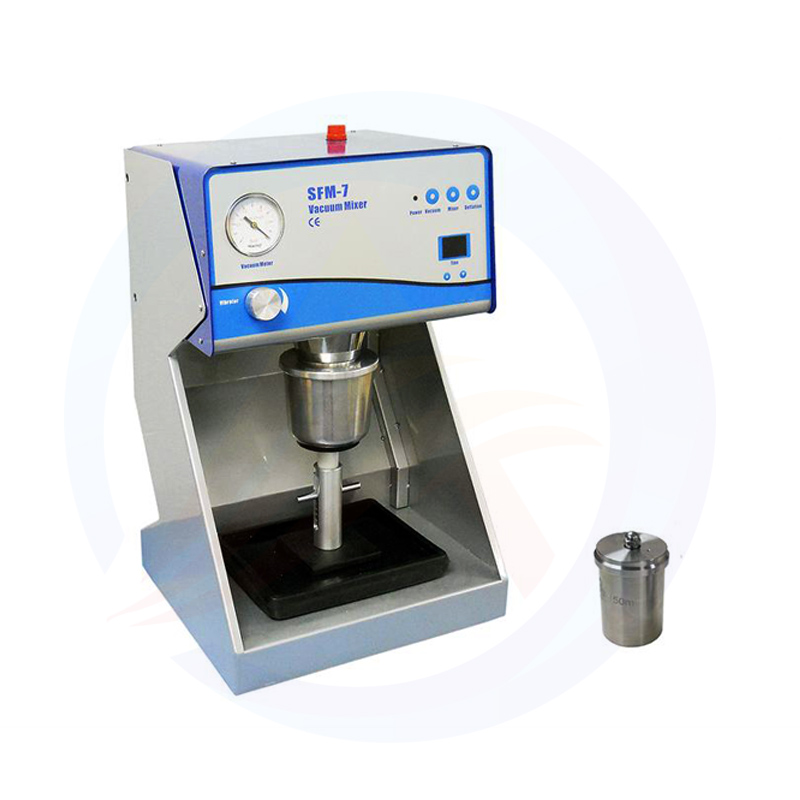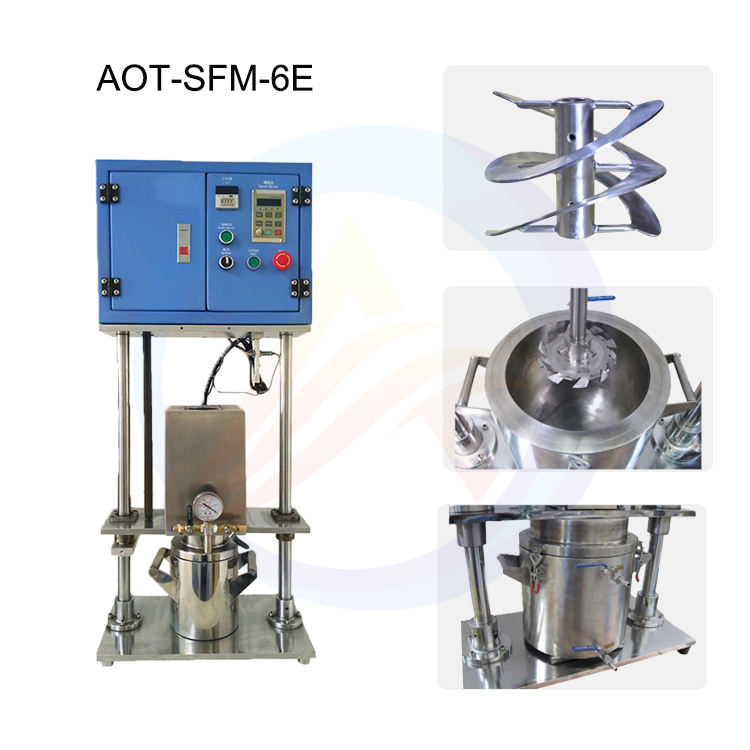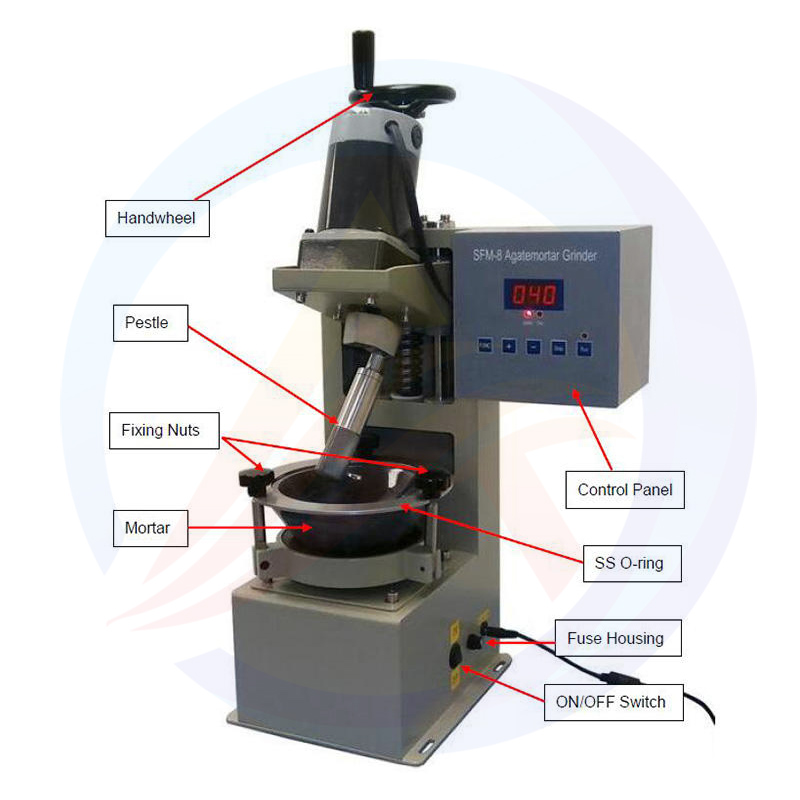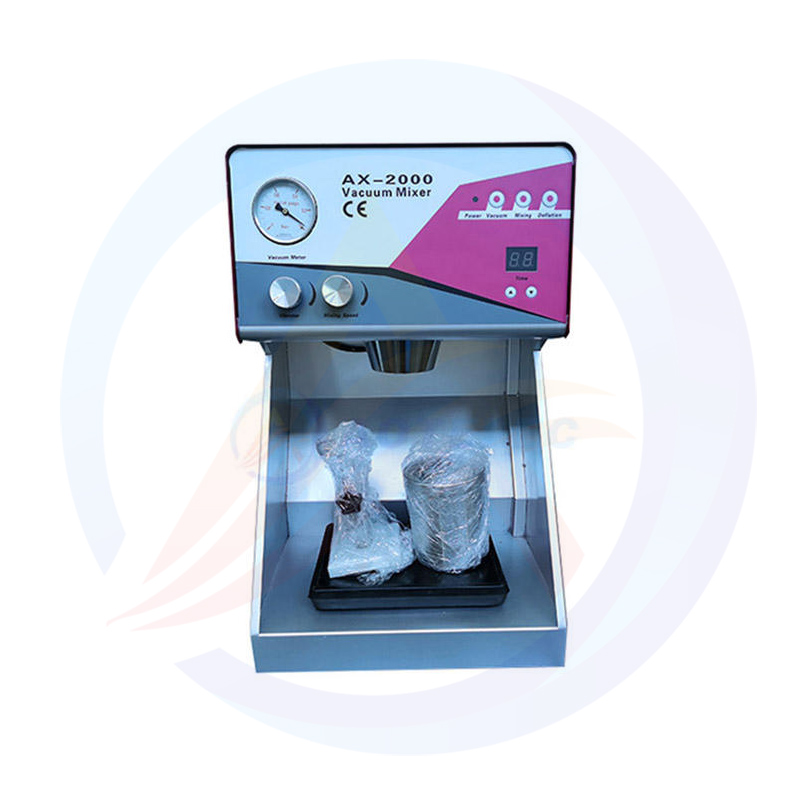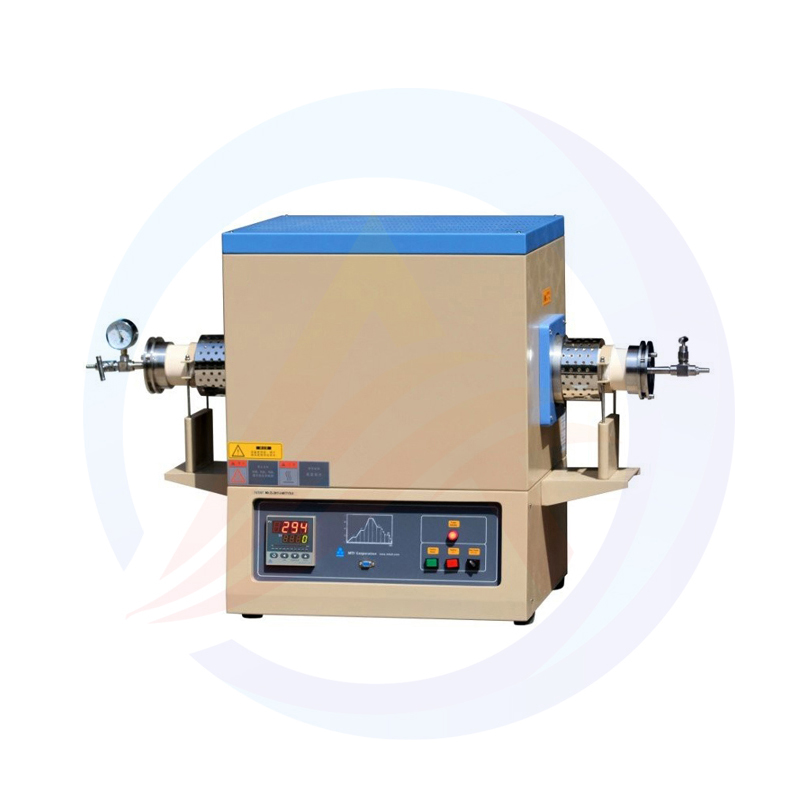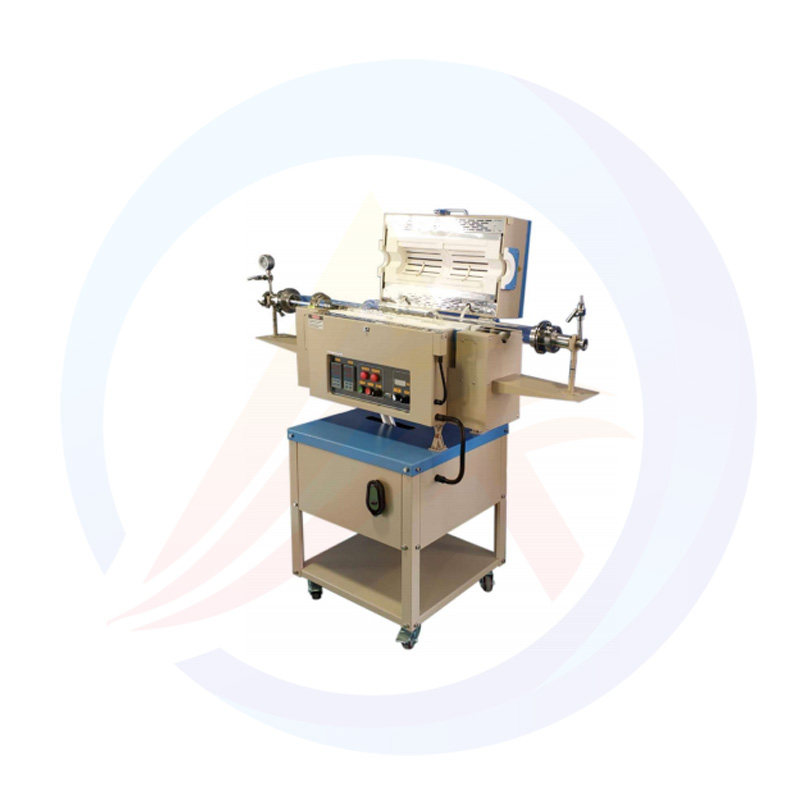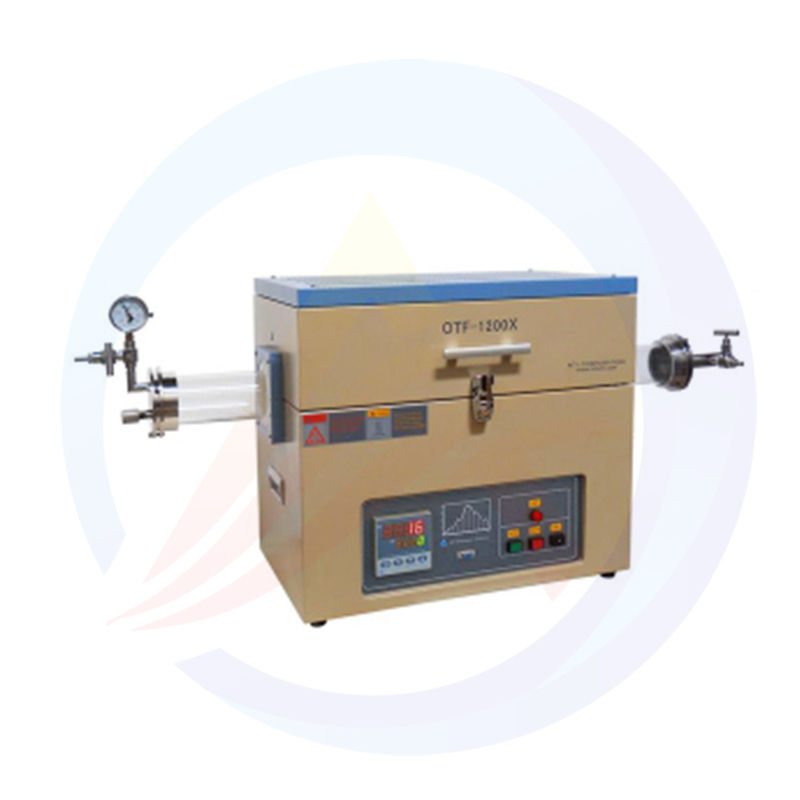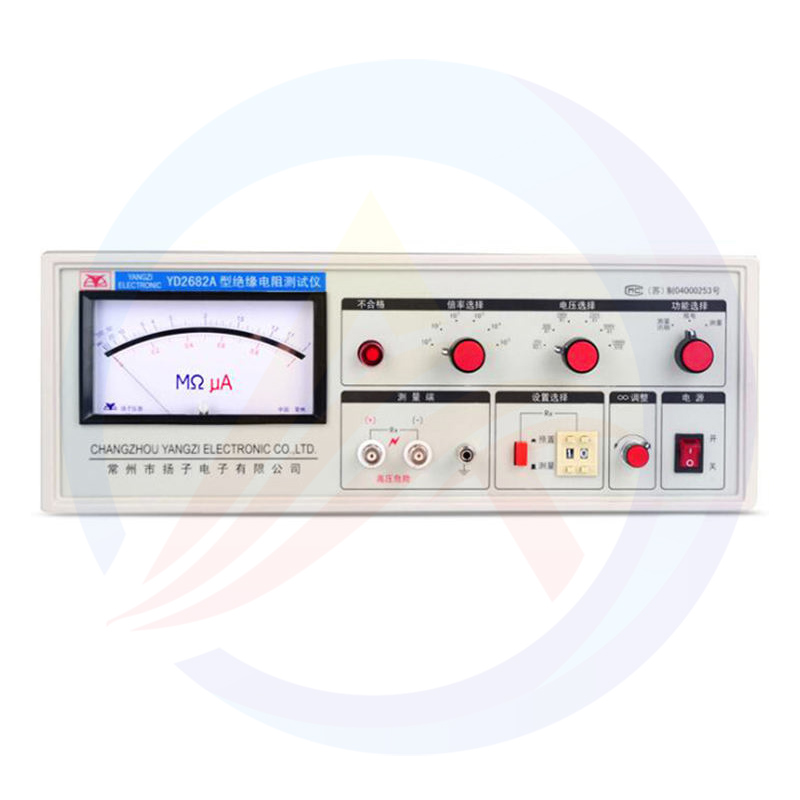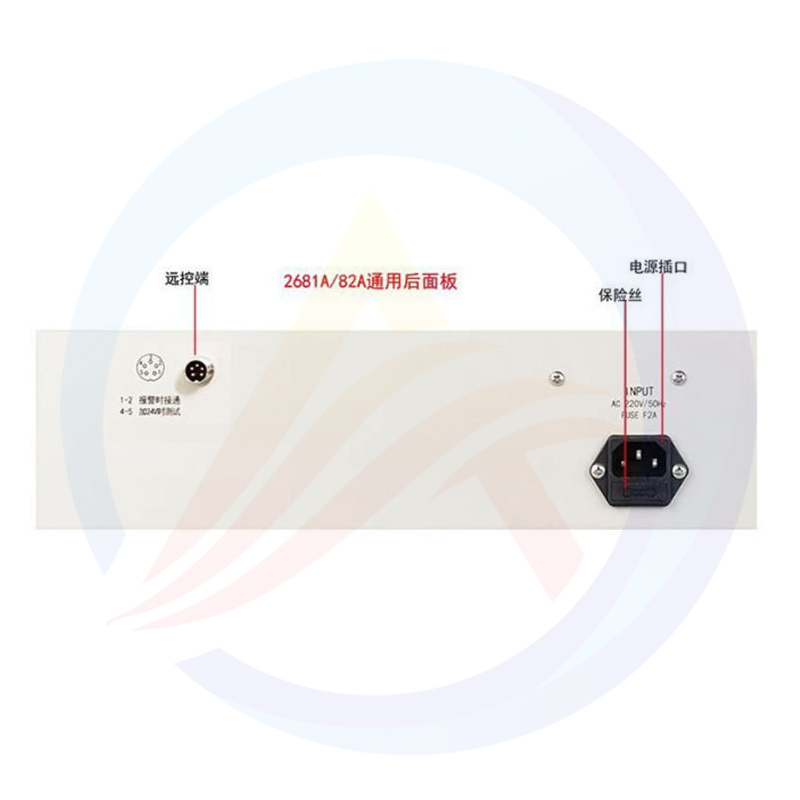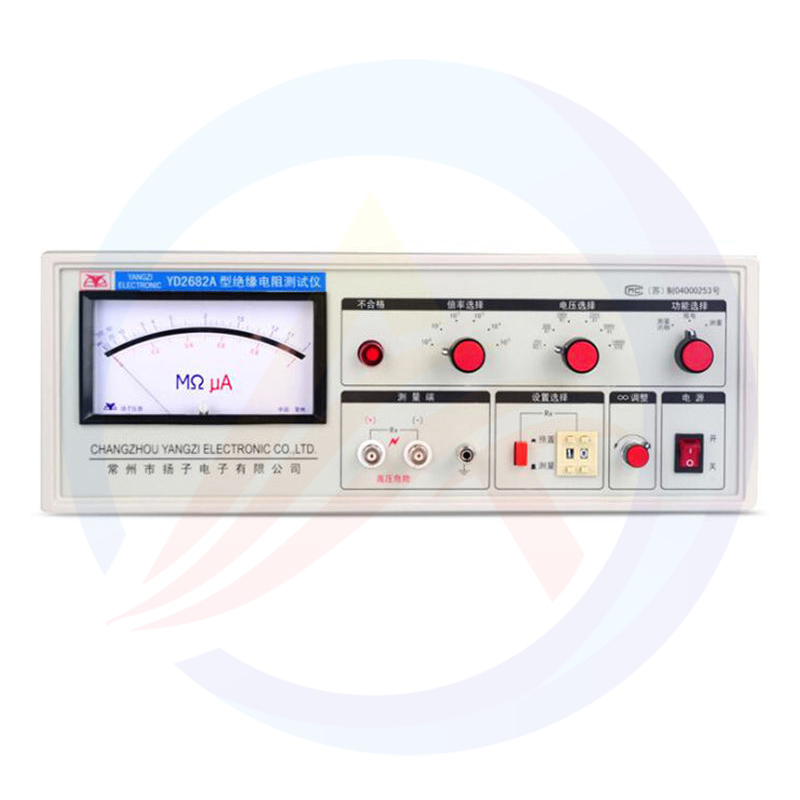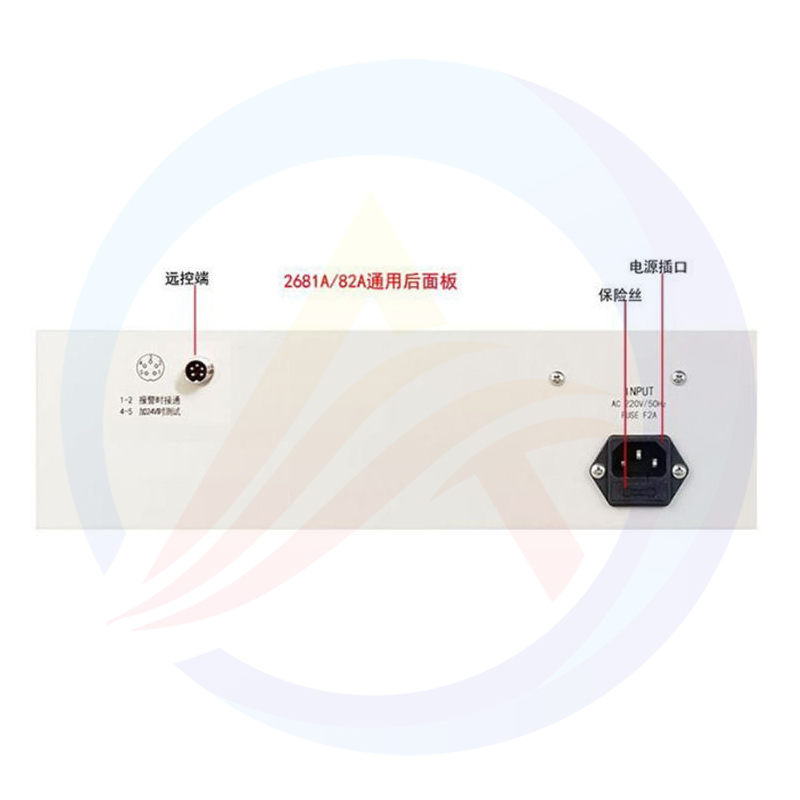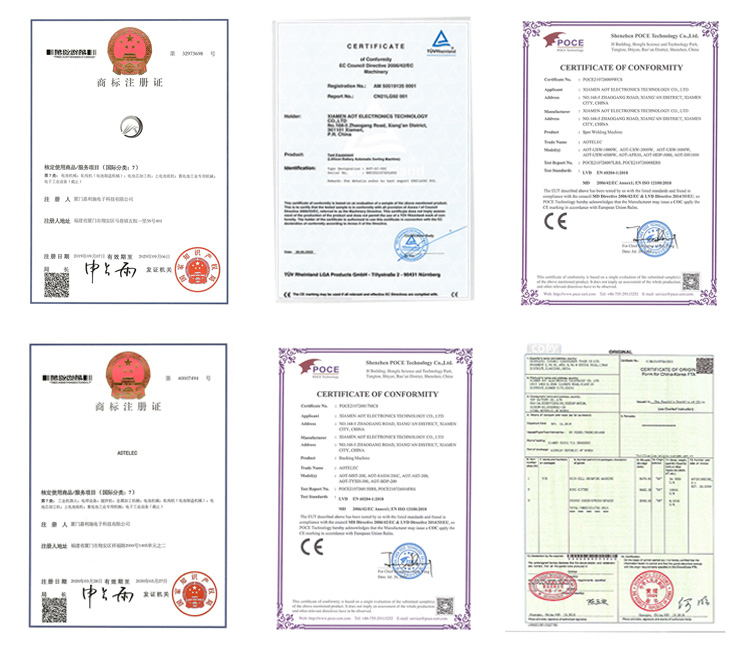Predictive Maintenance:
Monitoring the internal resistance over time allows for the detection of changes or degradation in battery performance.
This information can be used to predict maintenance needs, identify potential failures, and implement proactive measures to prevent unexpected downtime.
Quality Control:
Battery manufacturers rely on internal resistance testing to ensure the quality and consistency of their products.
By testing internal resistance during the manufacturing process, they can identify any deviations or faults and take corrective actions to maintain product reliability.

